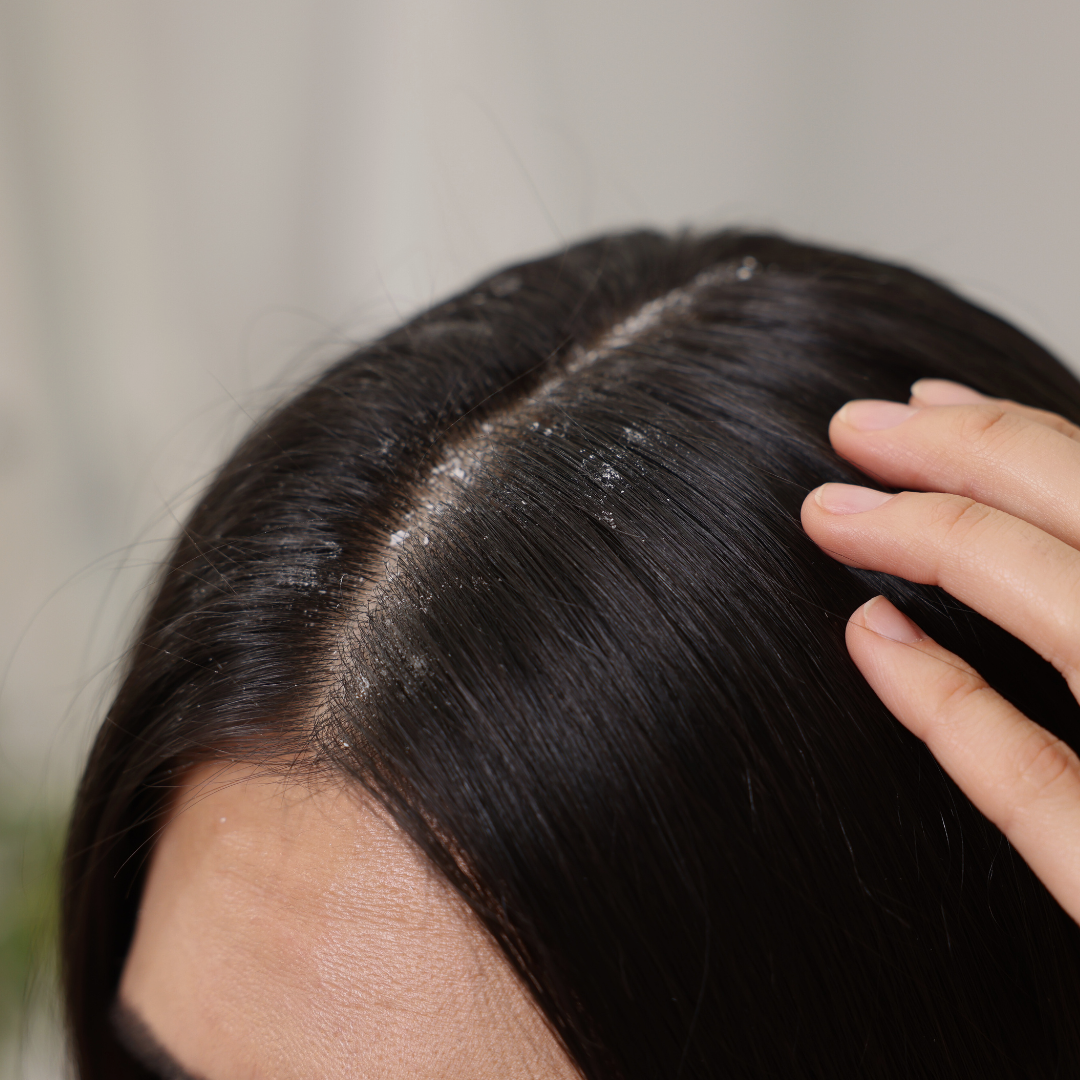Do You Have a Moldy Scalp? Sounds Gross But It’s Fixable
Here are the Signs of a Moldy Scalp & How to Fix It
Did you know it’s possible to have a moldy scalp? While “moldy scalp” isn’t the formal medical term, it’s the internet’s way of describing what happens when yeast or fungus has made itself at home on your scalp. Malassezia; a yeast that naturally lives on skin, is the most common fungus found on scalps and it thrives in damp environments.
If you’re concerned you may be experiencing this, read on for a breakdown of the seven signs of a moldy scalp, plus how to fix it.
The 7 signs you may have a moldy scalp:
The signs of moldy skin may not be as obvious as you think—here’s what to look for:
- A musty or sour smell that returns after washing your hair (it may resemble mildew or a damp towel).
- Intense itching and irritation around the hairline, crown or behind the ears
- White or yellowish flaking or scalp buildup
- Visible scalp redness and inflammation
- Hair thinning or loss caused by disruption of the hair cycle
- Damp, sticky or oily scalp, even after washing
- Living in dark, humid environments can increase the risk of a moldy scalp
The 6 ways to un-mold your scalp:
Does it sound like you may be experiencing a moldy scalp? Here are six ways to fix it:
- Wash with an antifungal shampoo that includes ingredients like tea tree oil or zinc pyrithione.
- Keep your scalp dry and ventilated: Avoid sleeping with wet hair and don’t wear tight hats or wigs for long periods.
- Clean your hair tools, brushes and pillowcases often.
- Improve air circulation at home—avoid storing damp towels, pillows or blankets near your bed.
- If over-the-counter treatments don’t help, see a dermatologist for prescription-strength antifungals.
- Avoid scratching the scalp as it can lead to infection.
Related: Why does my hair hurt when it’s dirty? Doctors weigh in.






 or
or






